|
|
| MINDANAO ISLAND, THE PHILIPPINES |
 |
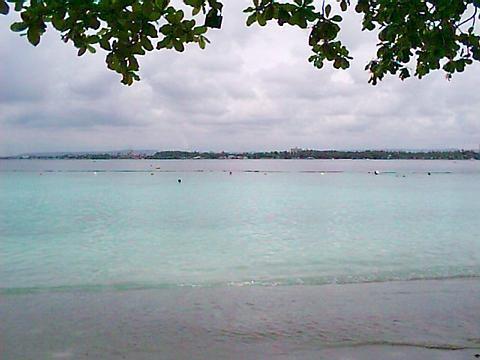
Samal Island
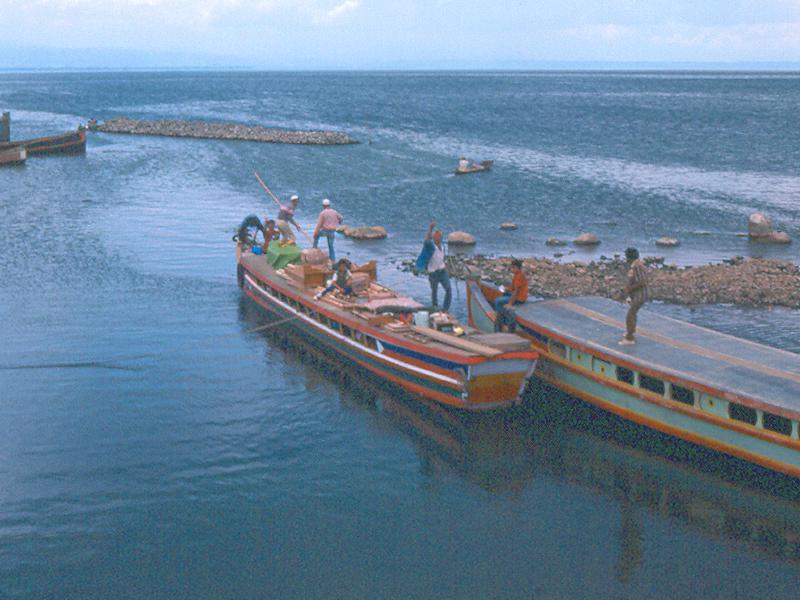
Marawi Lake
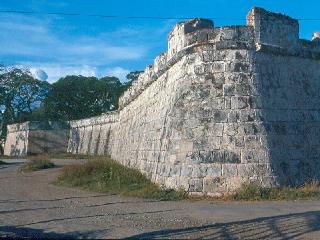
Fort Pilar, Zamboanga
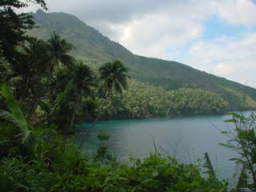
Old Volcano, Camiguin
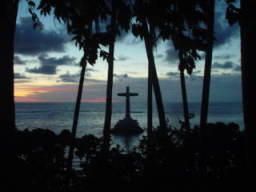
Camiguin Sunken Cemetery
| |
THE ISLAND OF MINDANAO
The Treasure in the South
Mindanao
Mindanao is the second-largest and the most southerly island, with a very different feel from the rest of the country. A variety of Muslim ethnic groups live here.
In the southwestern tip of Mindanao is Zamboanga City, considered by some as the most romantic place in the Philippines and a favourite resort amongst tourists. The city is noted for its seashells, unspoiled tropical scenery and magnificent flowers. Zamboanga was founded by the Spanish, and the 17th-century walls of Fort Pilar, built to protect the Spanish and Christian Filipinos from Muslim onslaughts, are still standing. The city has a number of hotels, cars for hire, good public transport and vintas (small boats), often with colourful sails, available to take visitors round the city bay. The flea market sells Muslim pottery, clothes and brassware. About 2km (1.2 miles) from Fort Pilar are the houses of the Badjaos, which are stilted constructions on the water. Water gypsies live in boats in this area, moving to wherever the fishing is best. Plaza Pershing and Pasonanca Park are worth visiting. Santa Cruz Island has a sand beach which turns pink when the corals from the sea are washed ashore, and is ideal for bathing, snorkelling and scuba diving. There is also an old Muslim burial ground here.
The southernmost region of the Republic of the Philippines, located in the heart of the Asia-Pacific region, Mindanao has become a "gateway to opportunity" for Philippine and international investors eyeing opportunities in agribusiness, industry, and tourism.
Business
Mindanao, with an export-driven agricultural economy, has for decades been home to many successful national and multinational agribusiness firms. In 1995, the agriculture, fisheries, and forestry sectors together accounted for 41% of the island's total economic output. Industry contributed 25% and the services sector the remaining 34%.
Tourism
Mindanao's many natural attractions, rich flora and fauna, cultual diversity, and colorful ethnic festivals make Mindanao one of the most exciting tourist destinations in Southeast Asia.
The number of foreign tourists visiting Mindanao more than doubled between 1991 and 1995, spurring the building of more facilities to accommodate their increasing numbers.
Mindanao's largely-unspoiled natural resources offer vast potential for eco-tourism projects.
Davao: province is the industrial centre of Mindanao, renowned for its pearl and banana exports. Davao City is one of the most progressive industrial cities in the country. The province is the site of Mount Apo, the highest peak in the country, while the Apo Range has spectacular waterfalls, rapids, forests, springs and mountain lakes.
Cagayan de Oro: , on the northern coast of Mindanao, is the gateway to some of the most beautiful islands in the Philippines. By way of contrast, in Bukidnon there are huge cattle ranches and the famous Del Monte pineapple fields, and Iligan City is the site of the hydroelectric complex driven by the Maria Cristina Falls.
Lanao del Sur: is a province characterised by its Muslim community which has settled along the shores of Lake Lanao. Besides the lake, other attractions include Signal Hill; Sacred Mountain; the native market, Torongan; homes of the Maranao royalty; the various Muslim mosques on the shores of the lake; and examples of the famous brassware industry centred in Tugaua.
|
|
 |
|
LAKBAY PILIPINAS ONLINE HOTEL RESERVATION
Book online or call: +1 972-894-1181, World Wide Direct Within USA or
Canada Toll Free: 1-888-254-0637 Give Promo Code 6066 when calling.
Manila Office:Call 00632-5237501 / 5254374 / 5236535 - 37 look for Wilma or FateEmail: RESERVATIONS@lakbaypilipinas.com
|
 |
|
|
Make
LAKBAY PILIPINAS your Homepage
|
| |
|
